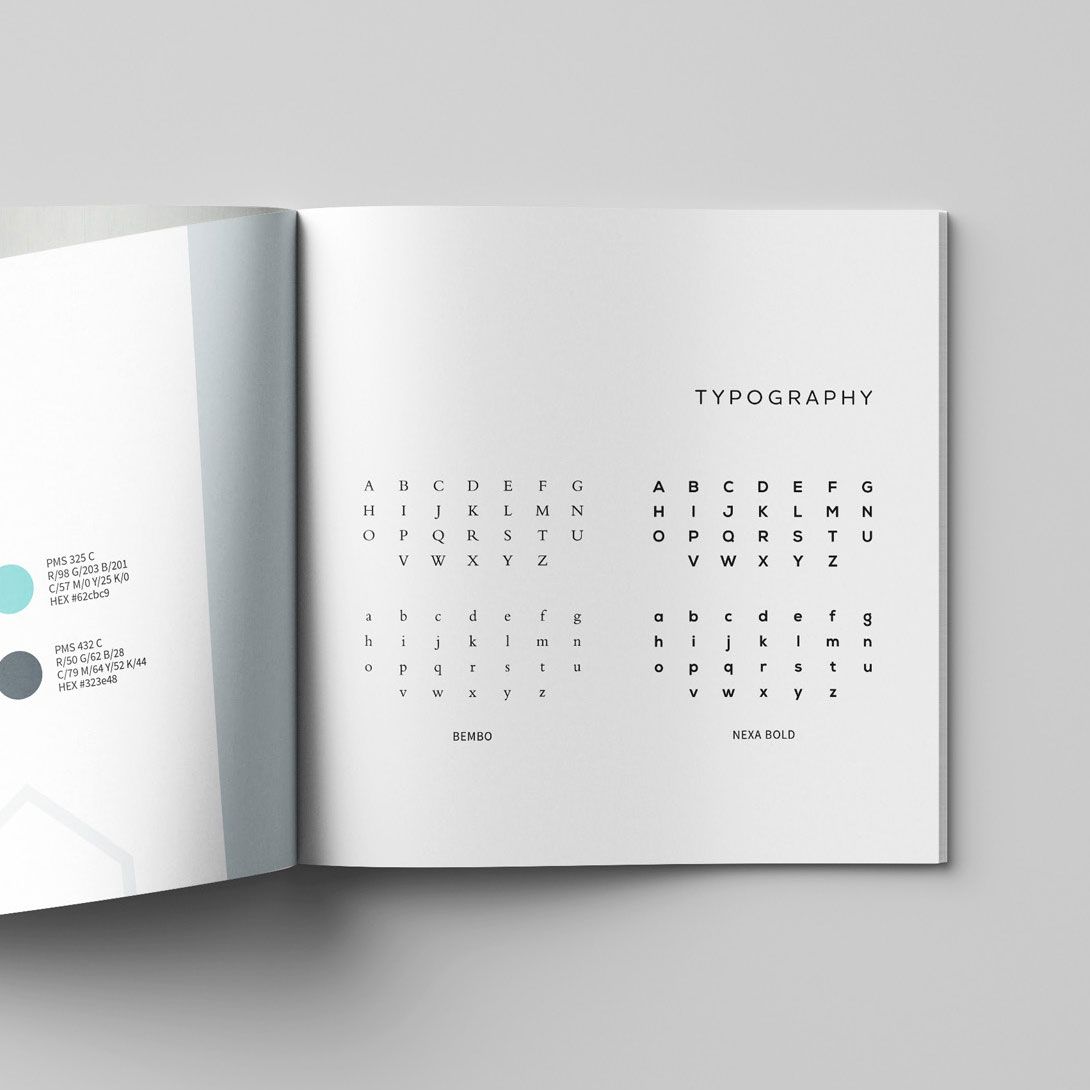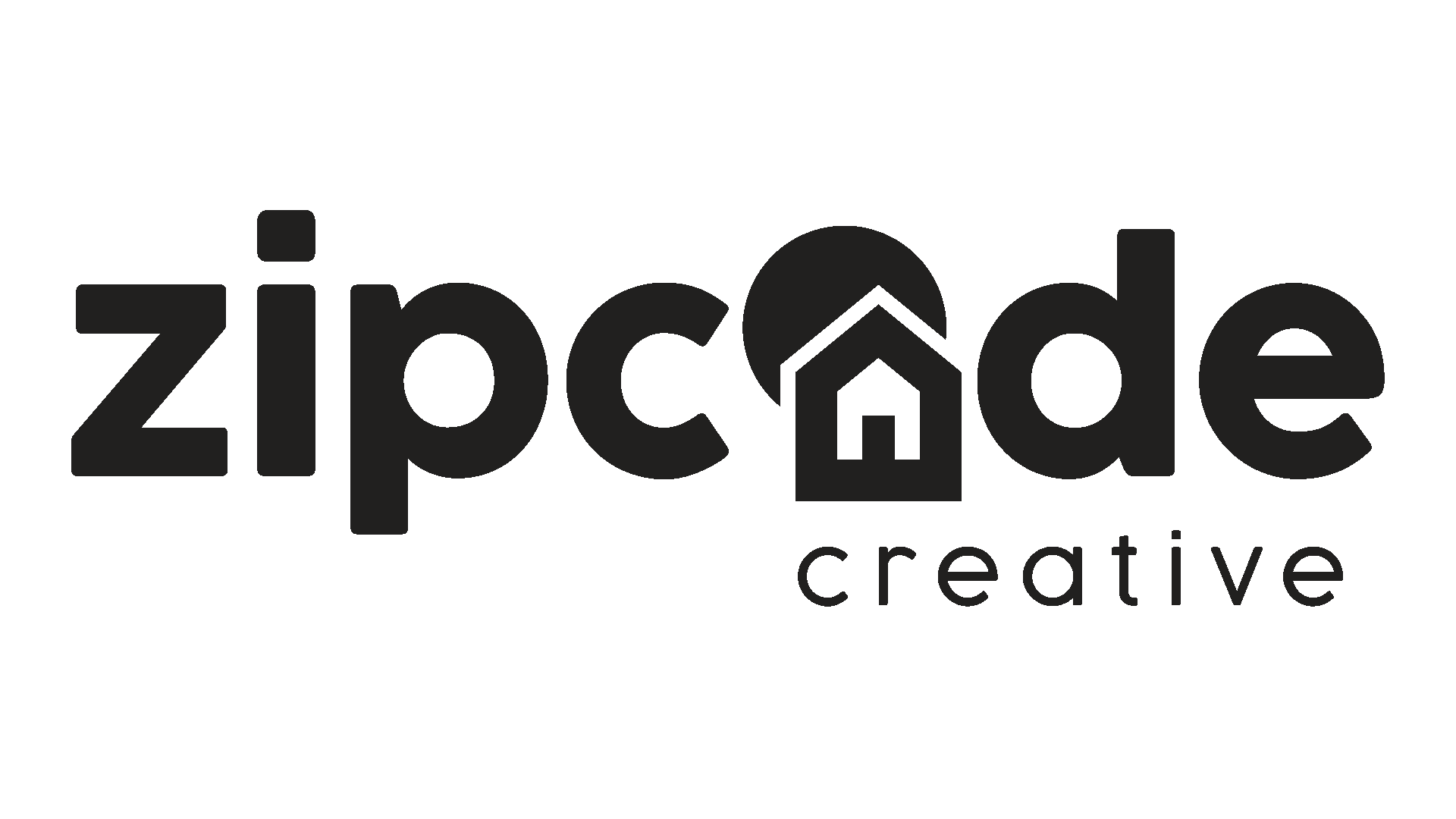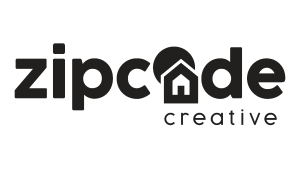
Font Psychology and Identification for Apartment Brands
Stacey Feeney
While selecting fonts many seem like a straightforward, easy choice, the opposite is true. Typefaces an integral part of any design, making them a decision that needs to be made with thought and care. But with hundreds of thousands of fonts to choose from, it can sometimes be a daunting choice. How do you choose the best font to convey not only your message but also more about your brand? Learn more about font types, font psychology, and how to pick the right font for your apartment marketing design.
What is Font Psychology?
Each font and typeface conveys a message—whether you intend it to or not. Subconsciously, your reader will draw conclusions about you and your brand just from your font choice. Choosing fonts strategically based on their innate characteristics can help you hit home your message even more clearly.
Certain font families are associated with certain traits, which can help you narrow in on your choice.
Serif
Serif fonts are defined by the small stroke attached to the end of the larger stroke in each letter. Commonly used serif fonts include Times New Roman, Georgia, and Garamond. These fonts are considered quite traditional and tend to convey a more formal tone. They are also associated with sophistication, trustworthiness, and respectability.
Serif fonts are often used in long-form text like books, magazines, and other printed materials because they help improve legibility—especially in smaller font sizes. They may also be used in more creative assets, like brand logos, that align with the fonts’ traits.
Sans Serif
Sans serif fonts are those that do not have serifs, the small stroke attached to the ends of each letter. Common sans serif typefaces include Arial, Helvetica, and Calibri. These fonts have a more modern aesthetic and are considered more straightforward, efficient, and simple.
Sans serif fonts are more common in web-based and digital assets, like websites, blogs, social media, and PDFs. It’s also best for spaces where there is short copy, like a headline, subheadline, or caption. Like serif fonts, they are also often used in branding elements like logos.
Script
Script fonts are designed to mimic cursive handwriting. They are usually more fluid, with letters connecting in elegant strokes. This sophisticated style is often associated with creativity, whimsy, and happiness.
Because they are harder to read at a glance, script fonts should be used sparingly and only in places where there are short lines of copy, like a headline or tagline. They have also become popular for brand logos because they stand out easily.
Decorative
Decorative fonts are very unique and were originally designed for advertisements like posters. These typefaces were designed only for decorative purposes, so like script fonts, should be used sparingly. Decorative fonts, like Cooper Black or Gazpacho, are original, quirky, and fun compared to the other font types, making them perfect for headlines, titles, and logos.
How to Choose the Right Typeface
Understanding the different font types and what they communicate is important to ensure you can choose the font that fits your brand. It also allows you to more effectively partner with your graphic designer or creative agency partner when making font choices.
Serif, sans serif, script, and decorative fonts all have a time and a place based on the message you want to portray and the audience you’re speaking to. When choosing a font, ask yourself the following questions:
- Does this font match my brand’s spirit and personality?
- Is the font legible and easy to read?
- How many other fonts will this be mixed with?
- Do this font’s traits align with my audience’s?
Answering these questions can help you narrow down the right font for every situation. But if you’re feeling unsure, a seasoned creative agency like zipcode creative can help you identify the fonts that are the right fit for your brand and ensure that you’re mixing and matching them in the best ways to bring out your personality and resonate with your audience. Font selection is always part of our brand style development process!


